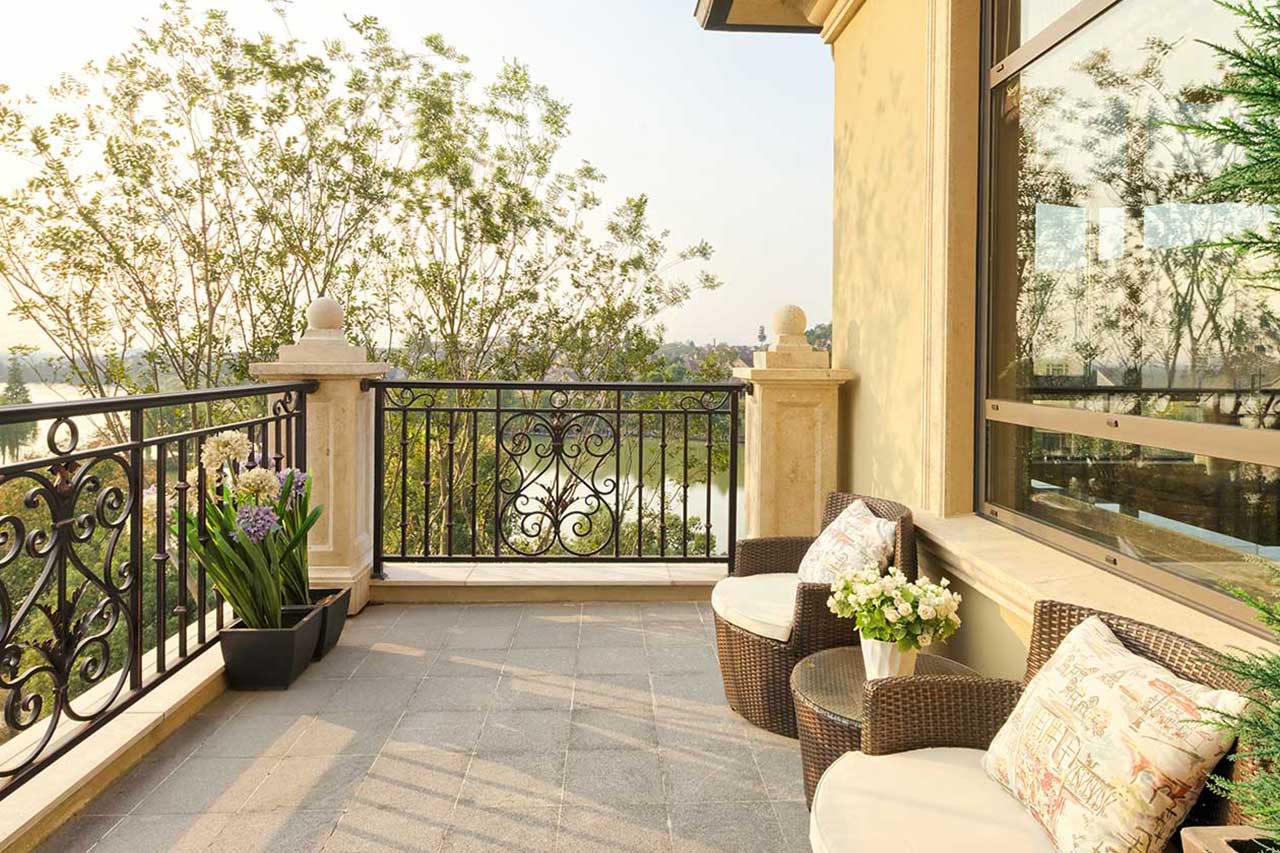

Articles
How Much Does It Cost To Build A Balcony
Modified: May 6, 2024
Discover the average costs of building a beautiful balcony with our informative articles. Find out what factors affect the overall price and get expert tips on budgeting and planning.
(Many of the links in this article redirect to a specific reviewed product. Your purchase of these products through affiliate links helps to generate commission for Storables.com, at no extra cost. Learn more)
Introduction
Adding a balcony to your home can greatly enhance its aesthetic appeal and give you a private outdoor space to relax and enjoy the view. However, before embarking on this project, it’s important to consider the cost implications. The total cost of building a balcony can vary significantly depending on several factors, such as design and material selection, size and coverage, location and accessibility, balcony structure and support, additional features and customizations, and hiring a contractor.
In this article, we will delve into each of these factors to give you a comprehensive understanding of the costs associated with building a balcony. By the end, you will have a clearer idea of what to expect and how to plan financially for this endeavor.
Key Takeaways:
- Building a balcony involves various cost factors such as design, materials, size, and permits. Careful planning, budgeting, and professional guidance are essential for creating a beautiful and functional outdoor space.
- Hiring an experienced contractor, factoring in permit fees, and considering additional features are crucial for successful balcony construction. Balancing budget with desired design and functionality ensures a valuable home addition.
Factors Affecting the Cost of Building a Balcony
When it comes to building a balcony, there are several key factors that can influence the overall cost of the project. By understanding these factors, you can make informed decisions and effectively manage your budget. Let’s take a closer look at each one:
- Design and Material Selection: The design and materials chosen for your balcony can significantly impact the cost. Intricate or custom designs may require more labor and materials, resulting in higher costs. Similarly, the selection of materials, such as wood, composite, or metal, can vary in terms of price and maintenance requirements.
- Size and Coverage: The size of the balcony and the amount of coverage you desire will also affect the cost. A larger balcony will require more materials and labor to construct, while adding a roof or awning for coverage will add to the overall expenses.
- Location and Accessibility: The location of your home and the ease of access to the balcony construction site can impact the cost. If your property requires additional preparation or if there are logistical challenges, such as limited space or difficult terrain, it can add to the overall expenses.
- Balcony Structure and Support: The complexity and engineering requirements of the balcony’s structure and support system can significantly affect the cost. A more elaborate design or the need for additional support beams or brackets may require extra materials and skilled labor.
- Additional Features and Customizations: Incorporating additional features and customizations, such as built-in seating, lighting, or decorative elements, can increase the cost. These features require extra materials and labor to install, so it’s important to consider them in your budget.
By taking these factors into account, you can better assess the potential cost of building a balcony. It’s crucial to carefully plan and budget for these elements to ensure a successful and financially manageable project.
Design and Material Selection
The design and material selection play a crucial role in determining the cost of building a balcony. The design of your balcony can range from simple and straightforward to complex and intricate. The more elaborate the design, the higher the cost is likely to be. Custom designs that require specialized craftsmanship or unique architectural features will also contribute to increased expenses.
When it comes to material selection, there are several options to consider, each with its own price range. The most common materials used for balcony construction include wood, composite, and metal.
Wood: Wood is a popular choice for balcony construction due to its natural beauty and versatility. However, it can also be one of the more expensive options. The cost of wood can vary depending on the type of wood used and its availability in your area. Hardwoods such as cedar or redwood tend to be more expensive but offer durability and aesthetic appeal.
Composite: Composite materials, made from a combination of wood fibers and recycled plastics, offer a durable and low-maintenance alternative to wood. While composite materials can be more expensive upfront, they often require less maintenance and can provide long-term cost savings by avoiding the need for staining or sealing.
Metal: Metal balconies, typically made from steel or wrought iron, provide a modern and sleek look. The cost of metal balconies can vary depending on the type and quality of metal used, as well as any additional customization or decorative elements. Metal balconies can be more expensive than wood or composite options, but they offer durability and longevity.
Ultimately, the design and material selection should align with your preferences, budget, and the overall style of your home. It’s important to carefully consider the pros and cons of each material option and assess the long-term maintenance and durability to make an informed decision.
Size and Coverage
The size of your balcony and the amount of coverage you desire are important factors to consider when determining the cost of your balcony construction. The size of the balcony directly affects the amount of materials and labor required for its construction, impacting the overall cost.
A larger balcony will typically require more materials, including flooring, railing, and additional structural supports. It will also involve more labor for installation and construction. On the other hand, a smaller balcony can reduce the cost by requiring fewer materials and less construction time.
In addition to the size of the balcony, the amount of coverage you desire can also influence the cost. Adding a roof or awning to provide shade and protection from the elements will increase the overall expenses. Coverage options can vary from a simple awning or pergola to a fully enclosed space with glass walls or retractable screens.
When planning the size and coverage of your balcony, consider the intended use and your personal preferences. If you envision using the balcony for dining and entertaining, a larger size may be more suitable. If you are primarily looking for a small outdoor space to enjoy the view, a compact balcony may be sufficient.
It’s important to carefully balance your budget with your desired size and coverage options. Remember to factor in not only the initial construction costs but also any additional maintenance and upkeep expenses for larger or covered balconies.
Consulting with a professional contractor can help you determine the optimal size and coverage options that align with your needs and budget. They can provide guidance on the structural requirements and recommend cost-effective solutions to achieve the desired size and coverage for your balcony.
Location and Accessibility
The location of your home and the accessibility of the construction site can impact the cost of building a balcony. Factors such as the terrain, existing structures, and proximity to utilities can affect the complexity and cost of the project.
If your property has challenging terrain, such as a steep slope or uneven ground, additional site preparation may be required. This can involve leveling the ground, building retaining walls, or reinforcing the foundation, all of which can increase the cost of the project.
Existing structures, such as walls or windows, may also impact the feasibility and cost of adding a balcony. In some cases, modifications to the existing structure may be necessary to accommodate the balcony, which can add to the overall expense.
The accessibility of the construction site is another crucial consideration. If the site is difficult to access, such as being located on an upper floor or in a hard-to-reach area of your property, it may require specialized equipment or additional labor to transport materials and complete the construction. These factors can increase the cost of the project.
Furthermore, the location of your home can affect the permit requirements and regulations associated with building a balcony. Each jurisdiction may have specific guidelines and restrictions in place, and obtaining the necessary permits can incur additional fees.
It is important to assess the location and accessibility of your balcony construction site early in the planning process. Consulting with a professional contractor can help you understand the implications and associated costs of any unique site challenges. They can provide guidance on how to mitigate these challenges and ensure a successful and cost-effective balcony construction.
Read more: How Much Does It Cost To Build A Chimney
Balcony Structure and Support
The complexity of the balcony’s structure and the support system required play a significant role in determining the cost of building a balcony. The design and engineering of the structure must consider factors such as safety, load-bearing capacity, and adherence to building codes and regulations.
Depending on the size and design of the balcony, additional support beams, columns, or brackets may be necessary to ensure its stability and longevity. The cost of these structural elements will depend on the materials used, such as wood or metal, as well as the complexity of the design.
Furthermore, balconies situated on upper levels may require reinforced supports or extensions from the existing building structure. This can involve additional labor and materials, increasing the overall cost of the project.
It’s essential to consult with a professional architect or structural engineer to assess the design and provide recommendations for the appropriate support structure. They can ensure that the balcony meets safety standards, complies with building codes, and can withstand the expected load requirements.
The support system of the balcony also includes the choice of railing or balustrade. This not only serves as a safety feature but also contributes to the aesthetic appeal of the balcony. The cost of railings can vary depending on the material selected, such as wood, metal, glass, or composite materials.
When considering the balcony’s structure and support, it’s crucial to factor in the expertise and labor costs of professionals involved in the design and installation. Hiring experienced contractors and workers who specialize in balcony construction can ensure that the structure is built to code, enhancing its durability and safety.
By carefully considering the complex aspects of the balcony’s structure and support, you can develop a realistic budget and ensure a well-built and secure addition to your home.
When budgeting for a balcony, consider factors such as size, materials, labor, and any additional features like railings or lighting. Get multiple quotes from contractors to compare costs.
Additional Features and Customizations
When planning the construction of a balcony, you may also want to consider incorporating additional features and customizations to enhance its functionality and aesthetic appeal. These features can add a personalized touch to your balcony but may also impact the overall cost of the project.
One popular customization is the addition of seating options. Built-in benches or seating areas can provide a comfortable and inviting space for relaxation or socializing. The cost of adding seating will depend on the materials used and the complexity of the design.
Lighting is another customization that can transform the ambiance of your balcony. Whether it’s recessed lighting, string lights, or decorative fixtures, incorporating lighting elements can extend the usability of your balcony into the evening hours. The cost of lighting will depend on the type of fixtures, wiring requirements, and any additional electrical work needed.
Other customizations to consider include the installation of privacy screens, planters or garden beds, audio systems, or even outdoor kitchens or grilling areas. These features can greatly enhance your balcony experience but may significantly impact the overall cost.
When considering additional features and customizations, it’s important to prioritize based on your needs and budget. Begin by identifying the key features that will enhance your balcony’s functionality and align with your lifestyle. This will help you allocate your budget effectively and avoid unnecessary expenses.
Working with a professional contractor or designer can provide valuable insights and recommendations for customizations that suit your needs and budget. They can also help you navigate any complexities, such as obtaining permits or ensuring that structural modifications are in compliance with building regulations.
By carefully selecting and budgeting for additional features and customizations, you can create a balcony that reflects your personal style and adds value to your home.
Hiring a Contractor
Hiring a reliable and experienced contractor is crucial when it comes to building a balcony. They will be responsible for the construction, ensuring that the project is completed efficiently, safely, and within budget. Here are some important factors to consider when hiring a contractor:
- Experience: Look for contractors who have extensive experience in balcony construction. Check their portfolio and ask for references to ensure they have successfully completed similar projects in the past.
- Reputation: Research the reputation of potential contractors by reading online reviews, checking with local building associations, and asking for recommendations from friends or neighbors who have had balcony construction projects done.
- Licensing and Insurance: Verify that the contractor has the necessary licenses to work in your area and carries comprehensive liability insurance. This will help protect you from any potential accidents or damages that may occur during the construction process.
- Contract and Cost Estimates: Obtain detailed written contracts and cost estimates from multiple contractors. Compare the proposed scope of work, materials, timelines, and overall costs to make an informed decision.
- Communication and Professionalism: Assess the contractor’s communication skills and professionalism during the initial consultation. A good contractor should be responsive, transparent, and willing to address any questions or concerns you may have.
- Workmanship Warranty: Inquire about the contractor’s workmanship warranty, which guarantees the quality of their work. A reputable contractor should offer a warranty period to protect against any potential defects or issues that may arise after the construction is completed.
By carefully evaluating these factors and conducting thorough research, you can select a contractor who is best suited for your balcony construction project. Remember that the cost should not be the sole determining factor, as experience, quality of work, and reliability are equally important considerations.
Working with a professional contractor not only ensures the successful completion of the project but also saves you time and provides peace of mind knowing that your balcony is being built by experienced professionals.
Building Permit and Regulation Fees
When planning to build a balcony, it’s essential to factor in the costs associated with obtaining the necessary building permits and complying with regulations set by local authorities. Building permits and regulation fees can vary depending on your location and the specific requirements in your area.
Building permits are typically required for any significant construction or renovation projects, including the construction of a balcony. They serve as a legal authorization from the local building department, ensuring that the project meets safety codes and regulations.
The cost of building permits varies widely and is often based on the valuation of the project. Generally, the larger and more complex the balcony, the higher the permit fee will be. Some jurisdictions also calculate permit fees based on a percentage of the project cost.
In addition to the permit fee, there may be additional fees or requirements imposed by local regulations. For example, there might be fees for plan review, inspections, or impact fees. It’s important to research and understand these additional costs to avoid surprises during the construction process.
It’s worth noting that failing to obtain the required permits can lead to serious consequences, including legal penalties, fines, and potential issues with insurance coverage or property resale. Compliance with regulations is not only legally required but also ensures the safety and quality of the construction.
Consulting with your local building department or a professional contractor can provide clarity on the specific permit requirements and associated fees for your balcony construction project. They can guide you through the permit application process, help you complete the necessary paperwork, and ensure adherence to all regulations.
By including building permit and regulation fees in your budget, you can ensure that your balcony construction project is carried out in a legal and compliant manner, avoiding any potential setbacks or complications during the process.
Read more: How Much Does Apartment Building Cost
Cost Breakdown and Estimates
When planning to build a balcony, it’s important to have a clear understanding of the potential costs involved. While the specific cost will vary depending on several factors, including the size, design, materials, and location, here is a general breakdown of expenses to consider:
- Design and Materials: The cost of the balcony’s design and materials can vary significantly. Custom or intricate designs may require more labor and specialized materials, resulting in higher costs. The choice of materials, such as wood, composite, or metal, will also affect the overall expenses.
- Construction Labor: The labor cost for building the balcony will depend on the complexity of the design, the size of the balcony, and the access to the construction site. Specialized skills may be required for more intricate designs or specific materials, which can impact the labor cost.
- Permits and Regulations: Building permits and regulation fees are essential elements that need to be considered. The fee for obtaining a building permit can vary depending on the location and the valuation of the project. Additional fees or requirements imposed by local regulations should also be factored into the cost breakdown.
- Additional Features and Customizations: Incorporating additional features such as seating, lighting, privacy screens, or decorative elements will add to the overall cost. The choice of materials and the complexity of the customization will influence the expenses.
- Structural Support: The need for additional support beams or columns, as well as the choice of railings or balustrades, will impact the cost. The materials used and the complexity of the structure and support system should be considered in the cost breakdown.
It is challenging to provide precise cost estimates without detailed project information, as costs can vary significantly depending on the specific circumstances. Consulting with a professional contractor or obtaining multiple quotes from reputable companies is highly recommended to get accurate cost estimates tailored to your project.
Remember to budget for additional contingencies, as unforeseen issues or changes during the construction process can affect the overall costs. It’s always wise to have a financial safety net in place to accommodate any unexpected expenses that may arise.
By carefully considering each element of the cost breakdown and obtaining accurate estimates, you can develop a comprehensive budget for your balcony construction project and plan accordingly.
Conclusion
Building a balcony can be a valuable addition to your home, providing a private outdoor space to relax, enjoy the view, and create memories. However, it’s important to consider the costs involved in the construction process to ensure you have a realistic budget and can effectively manage your finances.
Throughout this article, we have explored the various factors that can affect the cost of building a balcony. These factors include design and material selection, size and coverage, location and accessibility, balcony structure and support, additional features and customizations, hiring a contractor, and permit and regulation fees.
By carefully considering these factors and obtaining detailed cost breakdowns and estimates, you can make informed decisions and plan your balcony construction project effectively. It’s crucial to work with professionals who have the expertise and experience in balcony construction to ensure the project is completed safely and to your satisfaction.
Remember to allocate funds for any additional features or customizations you desire, as these can greatly enhance your balcony’s functionality and aesthetic appeal. Be mindful of permit requirements and associated fees to avoid any legal complications during the construction process.
Ultimately, building a balcony is an investment that can enhance your living space and increase the value of your home. With careful planning, budgeting, and the guidance of professionals, you can create a beautiful and functional outdoor space that brings joy and satisfaction for years to come.
Excited about building your new balcony? Now that you're equipped with cost insights, why not dive deeper into related expenses? For a broader perspective on financial planning, our article on construction costs offers a detailed look at various construction expenses. And if you're dreaming of transforming your spaces into vibrant retreats, don't miss our piece on outdoor living, where simple enhancements turn any deck into a sanctuary for relaxation and entertainment.
Frequently Asked Questions about How Much Does It Cost To Build A Balcony
Was this page helpful?
At Storables.com, we guarantee accurate and reliable information. Our content, validated by Expert Board Contributors, is crafted following stringent Editorial Policies. We're committed to providing you with well-researched, expert-backed insights for all your informational needs.
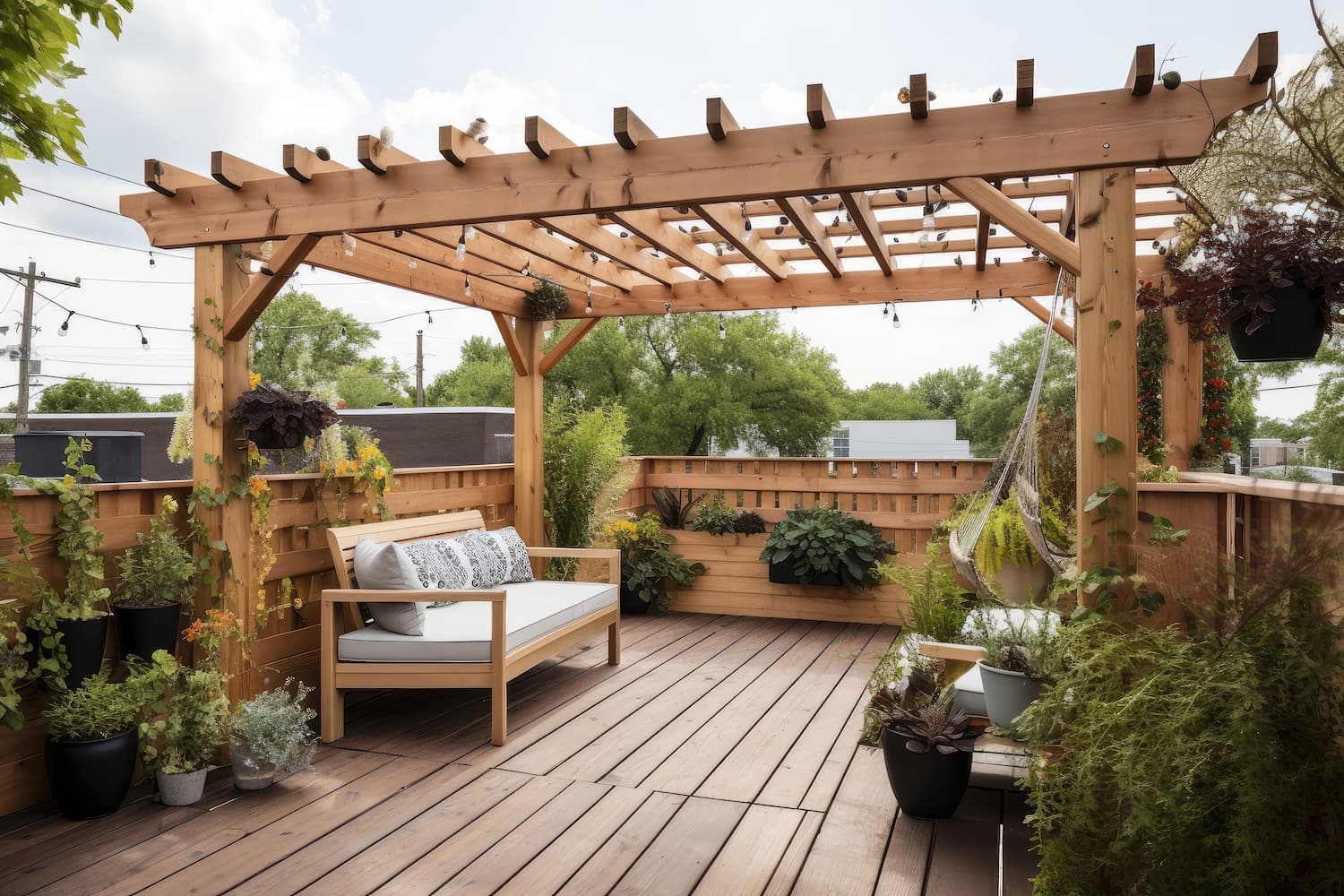
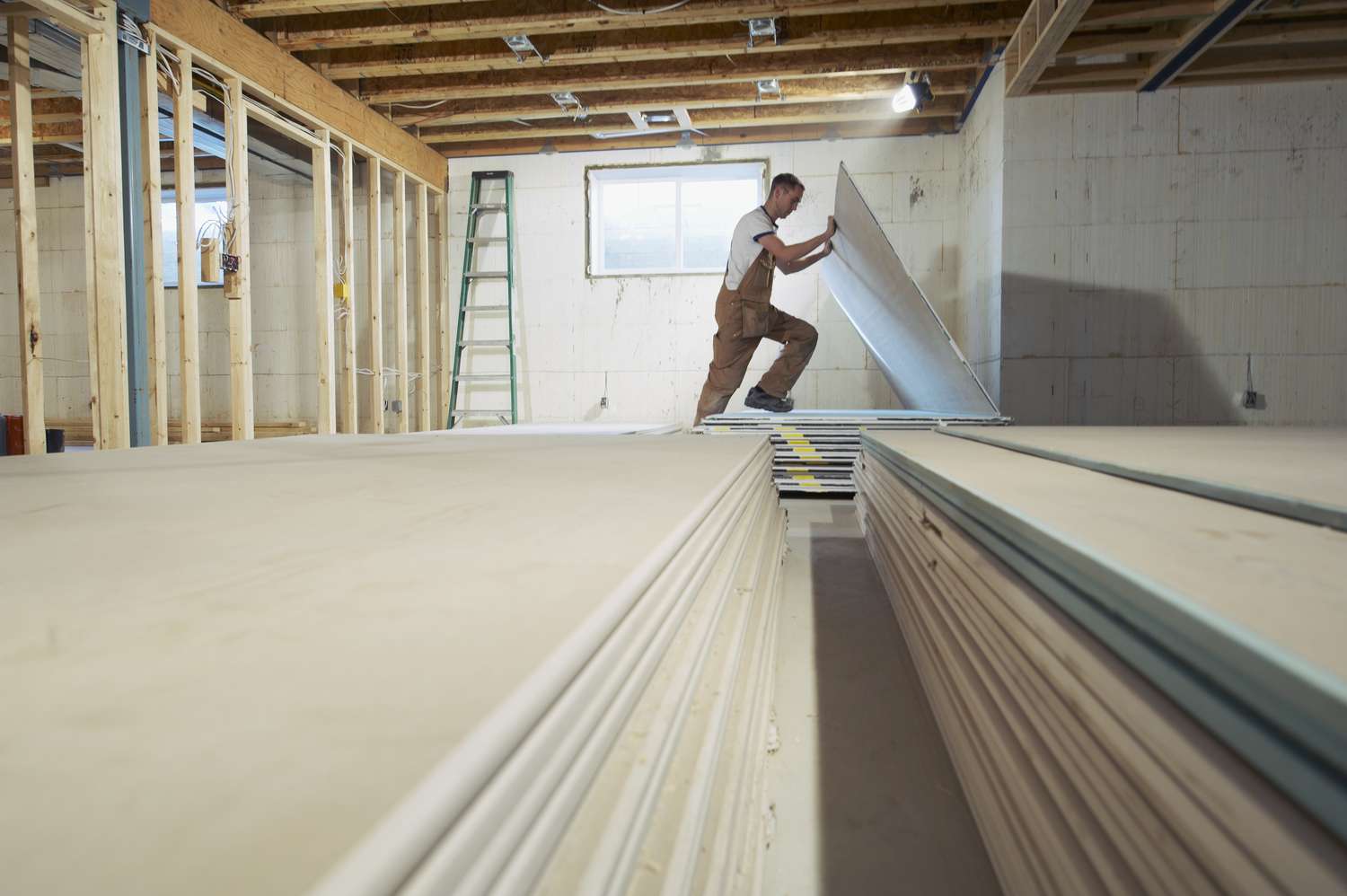
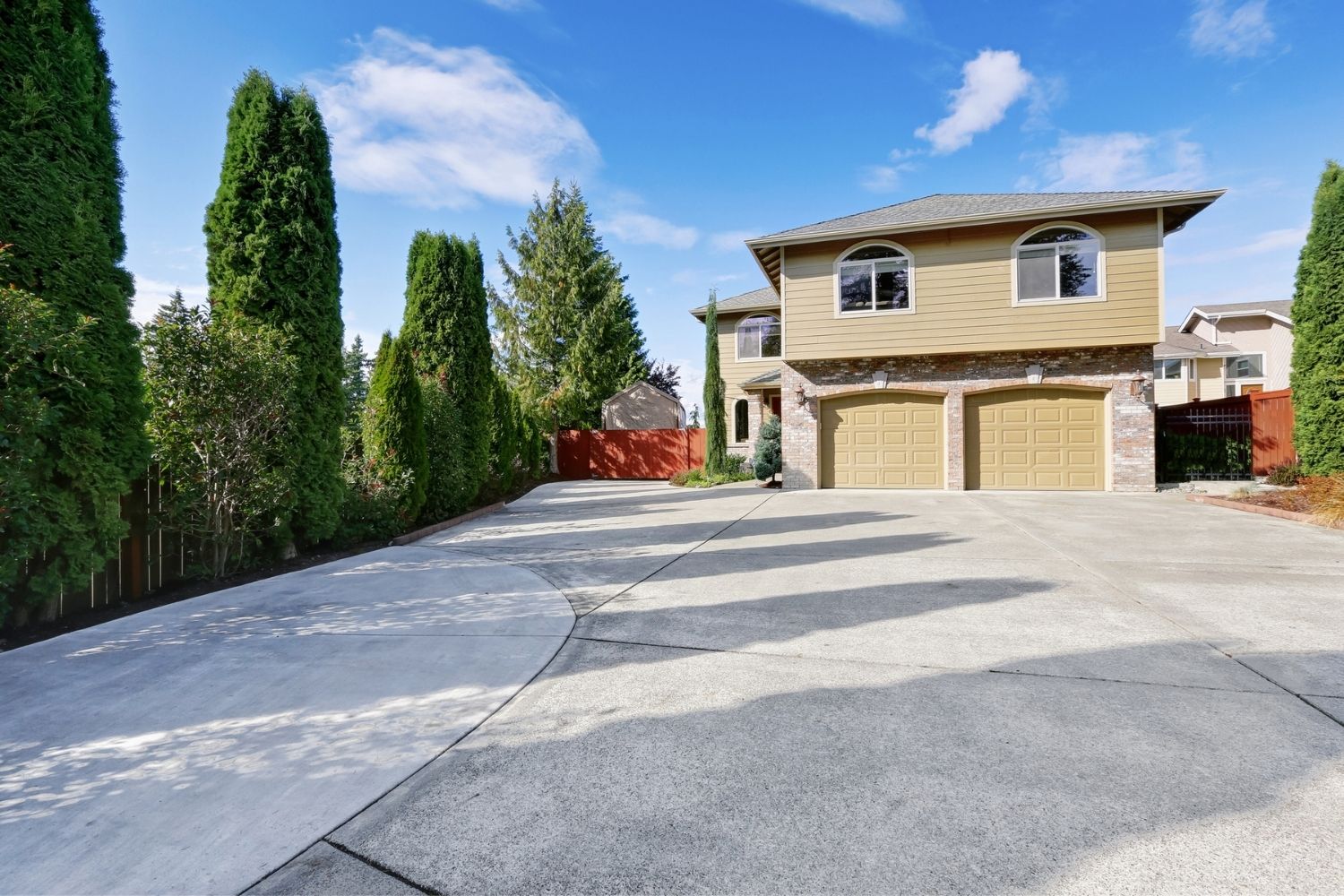
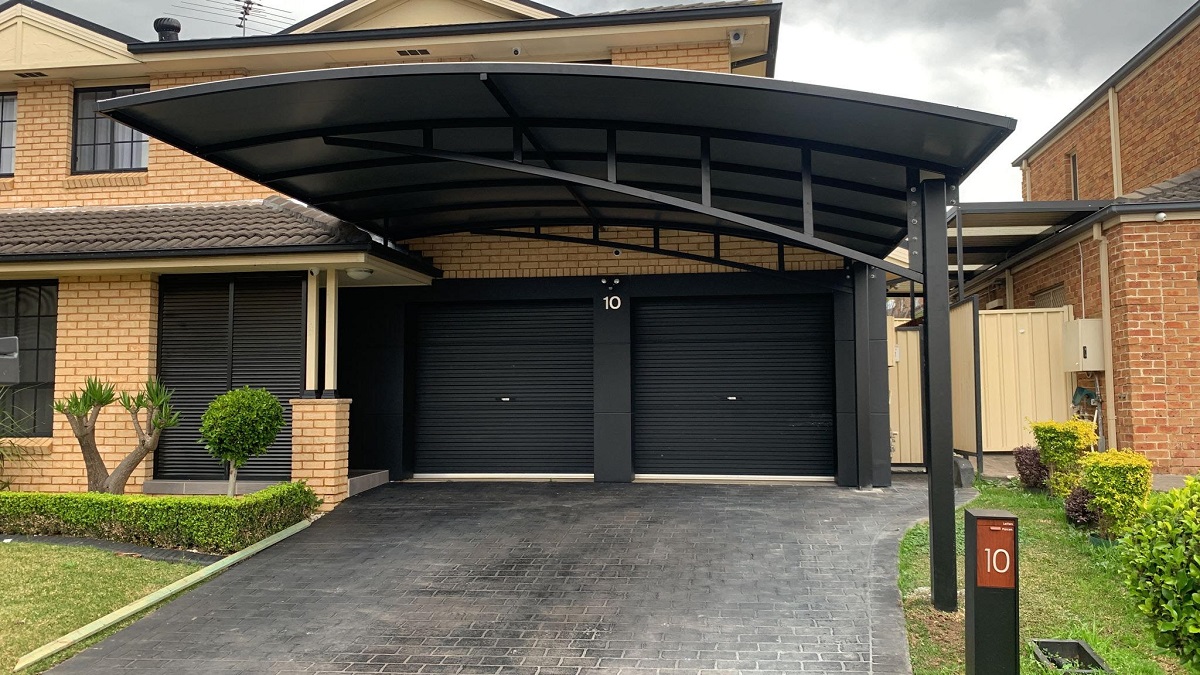
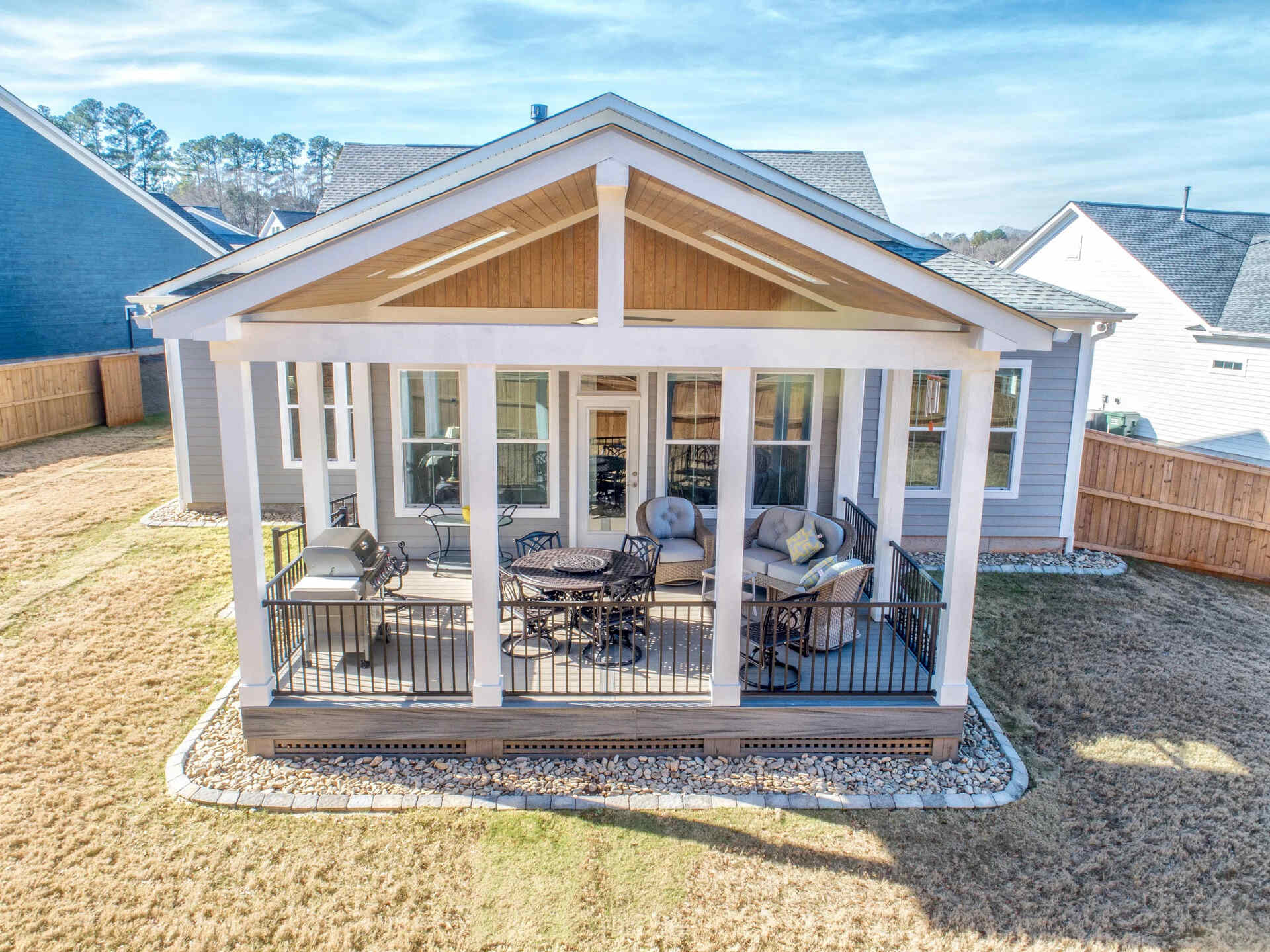
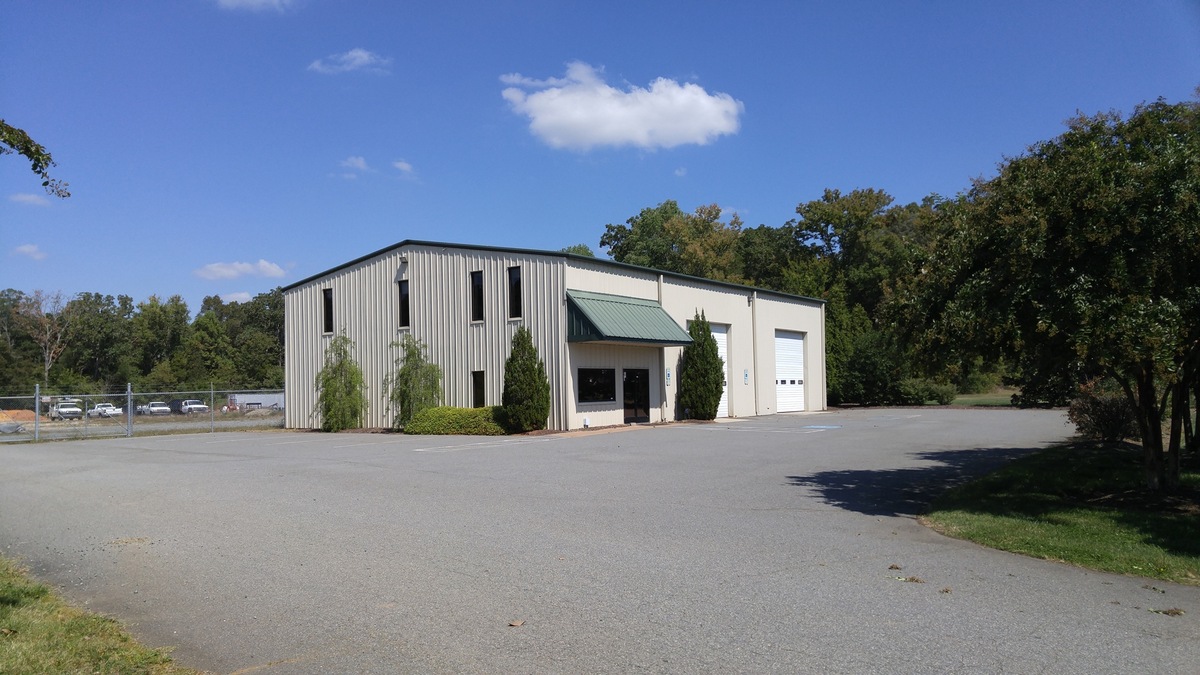
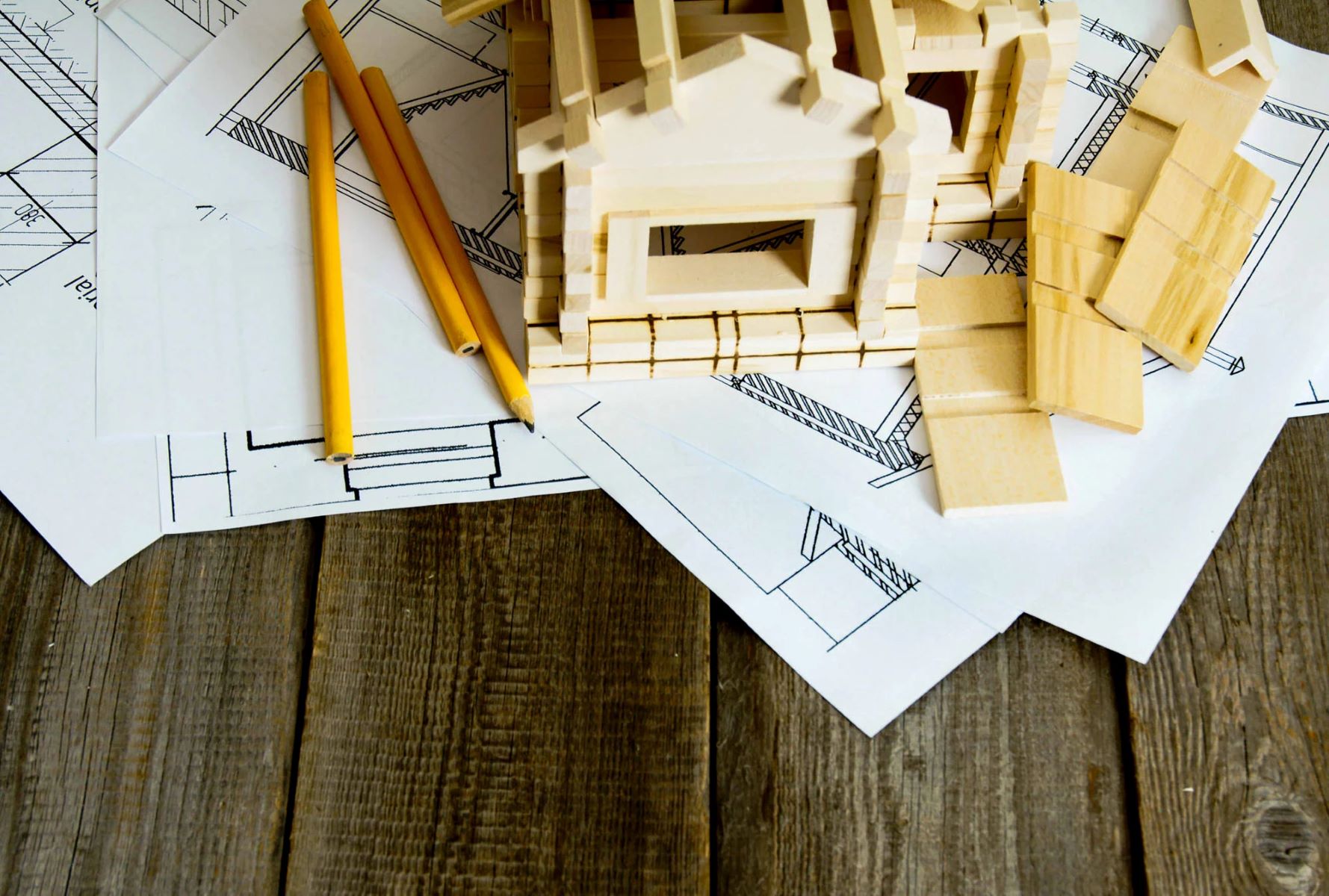
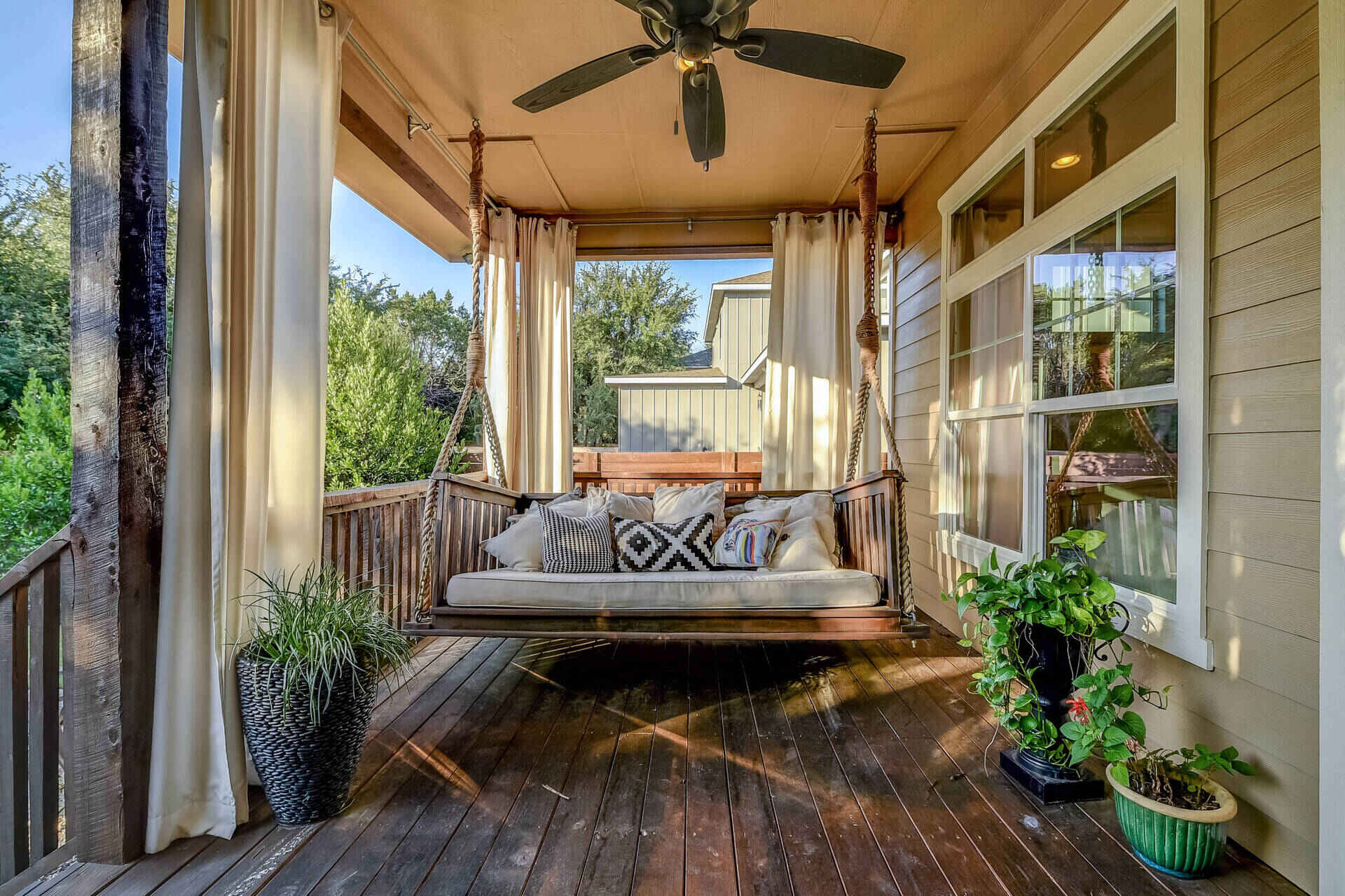
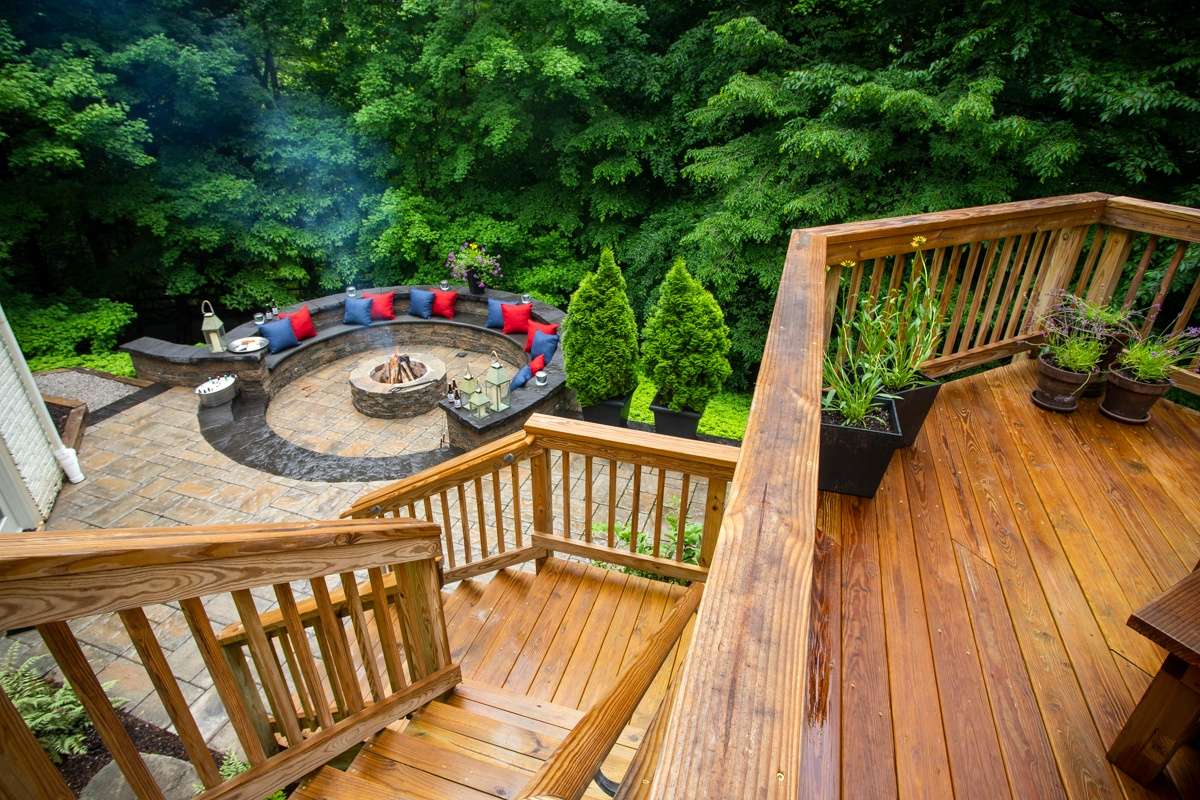
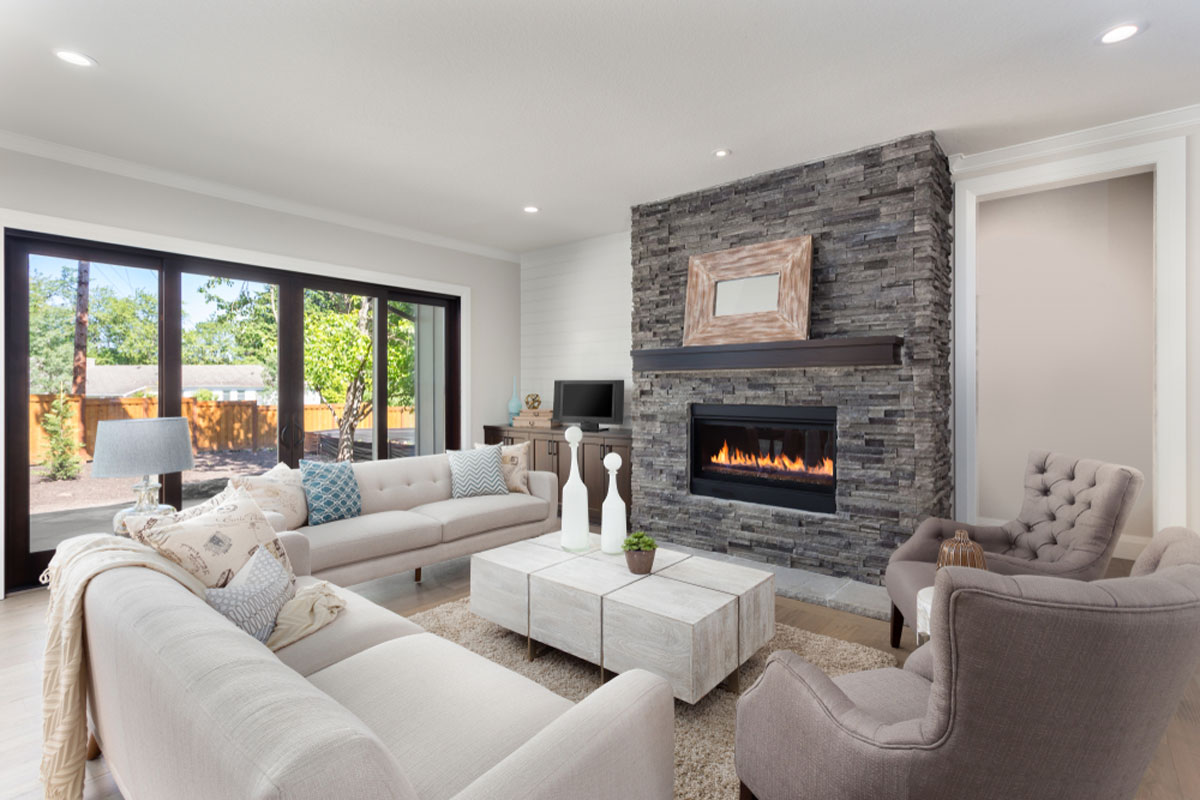
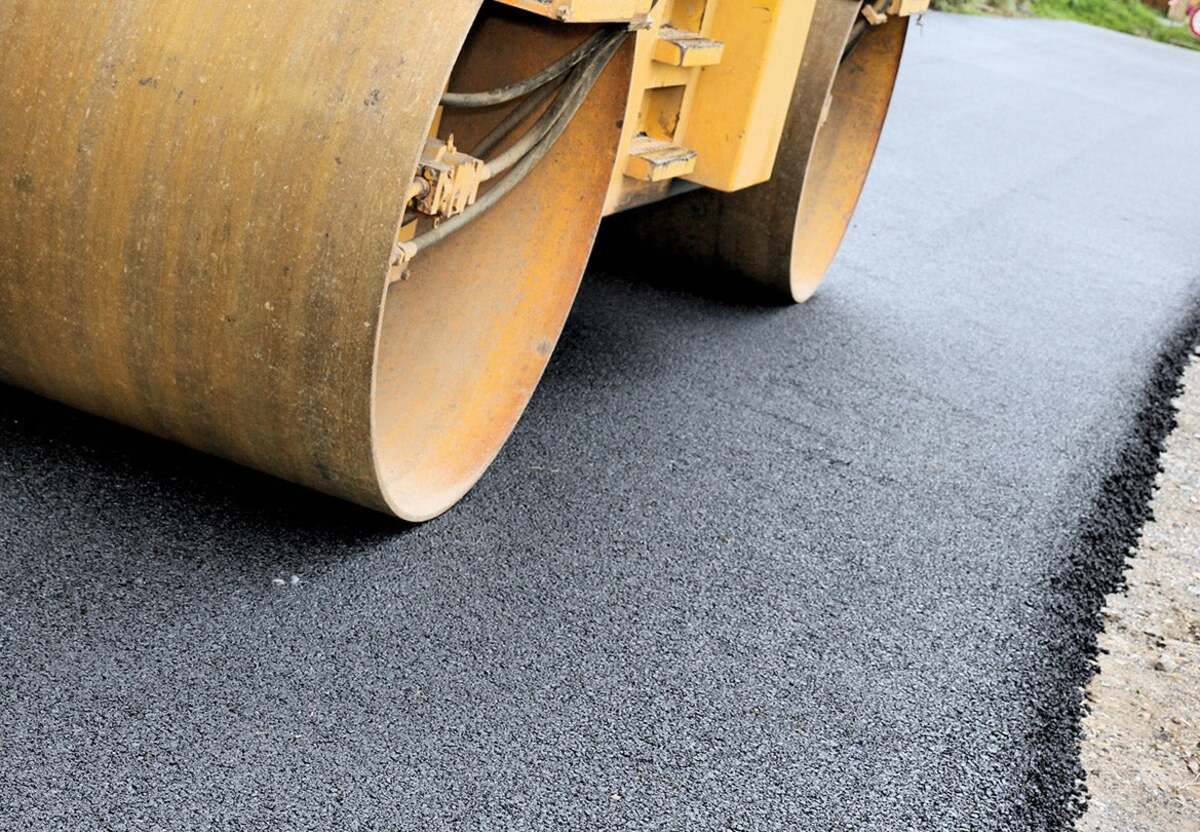
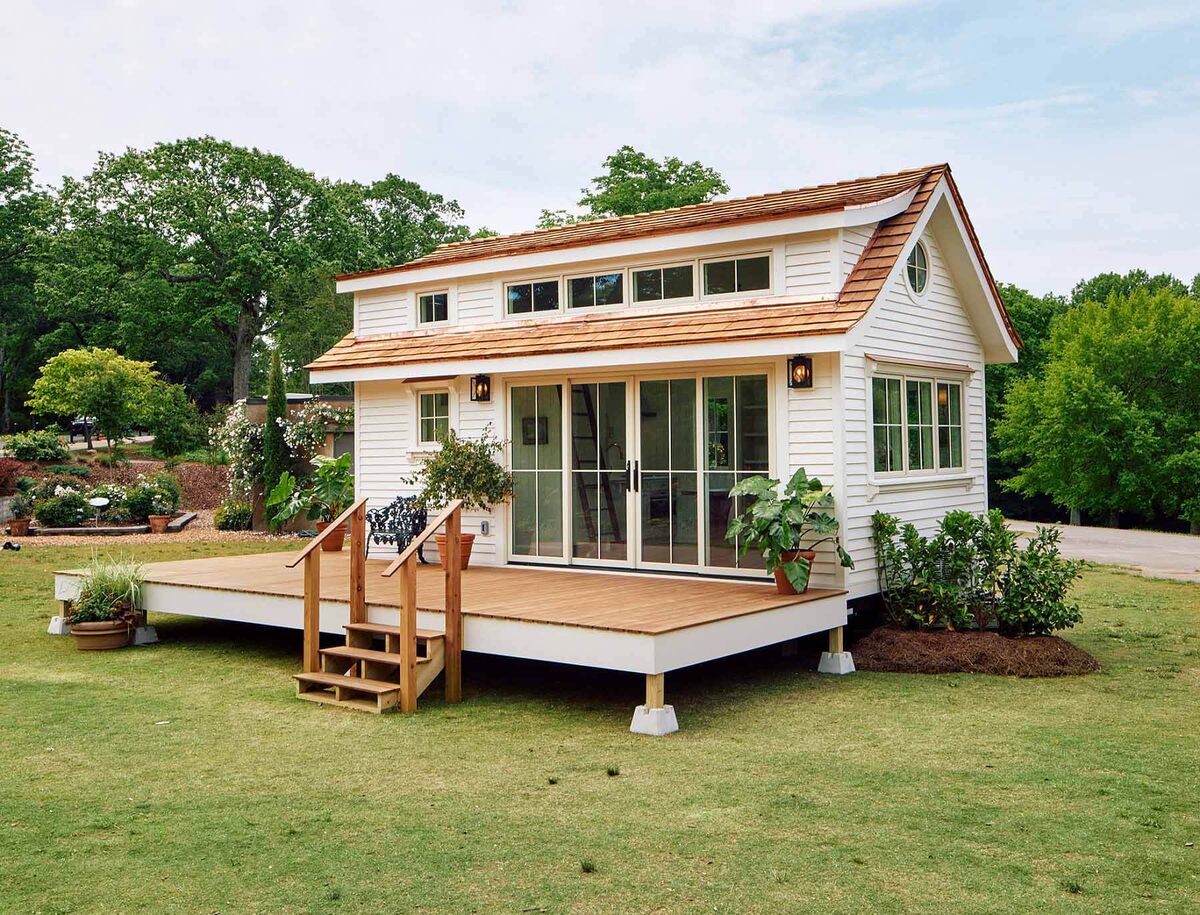
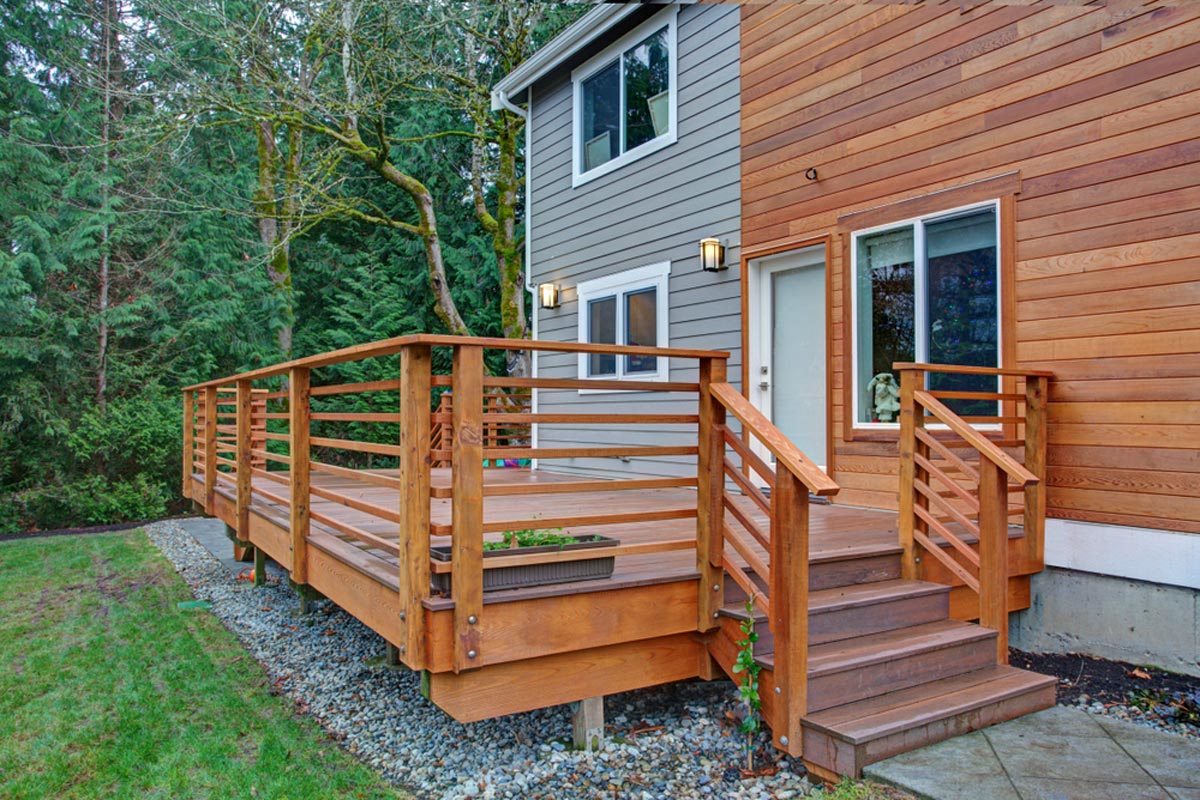

0 thoughts on “How Much Does It Cost To Build A Balcony”